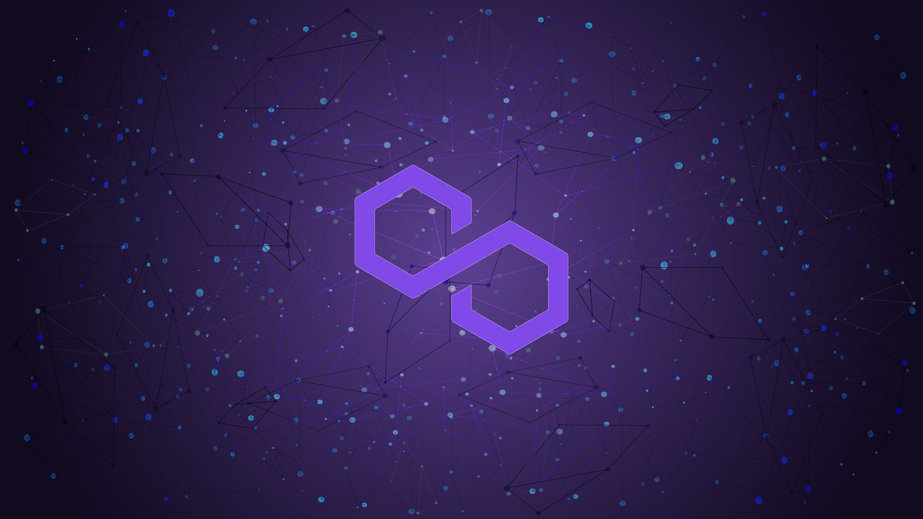
Layer-2 blockchains are third-party protocols operating on layer-1 blockchains to help solve any of the blockchain trilemma- decentralisation, security, and scalability. They serve as add-ons for the parent blockchain. They can be sidechains, plasma chains, state channels, or rollups. Popular examples are Bitcoin Lightning Network and Ethereum Plasma. The following list consists of top layer-2 coins that you can invest in.
Polygon (MATIC)
If you are confused about Polygon (MATIC), you possibly remember it as the Matic Network. Polygon was developed in 2017 in India by Jaynti Kanani, Anurag Arjun, Mihailo Bjelic, and Sandeep Nailwal. The Matic Network was rebranded as Polygon in February 2021, about a year after its launch. Polygon was developed to help solve the scalability problem the Ethereum blockchain faces and bring about mass adoption. In essence, the network plans to improve the speed and cut the cost and technicalities of the Ethereum blockchain by providing multiple tools. It also aims to bridge various blockchains on the Ethereum blockchain. Due to being at the forefront of most development in the crypto space- smart contracts, dApps, NFTs, and so on, the Ethereum blockchain has become relatively expensive and clogged. As such, the Polygon network is proffering a scaling solution to this problem by serving as a layer-2 network (an add-on layer) to Ethereum. This would help the blockchain increase and become more secure, efficient, and useful. Polygon is a multi-level network with numerous sidechains. These sidechains are built using the Polygon software development kit (SDK) written in Golang. The SDK is highly flexible, extensible, modular, and compatible with Ethereum. Plasma chains, zero-knowledge (zk-) rollups, and optimistic rollups are the methods that can be used to scale the sidechains when developing them. Sidechains are special blockchains that support numerous DeFi protocols while attached to



